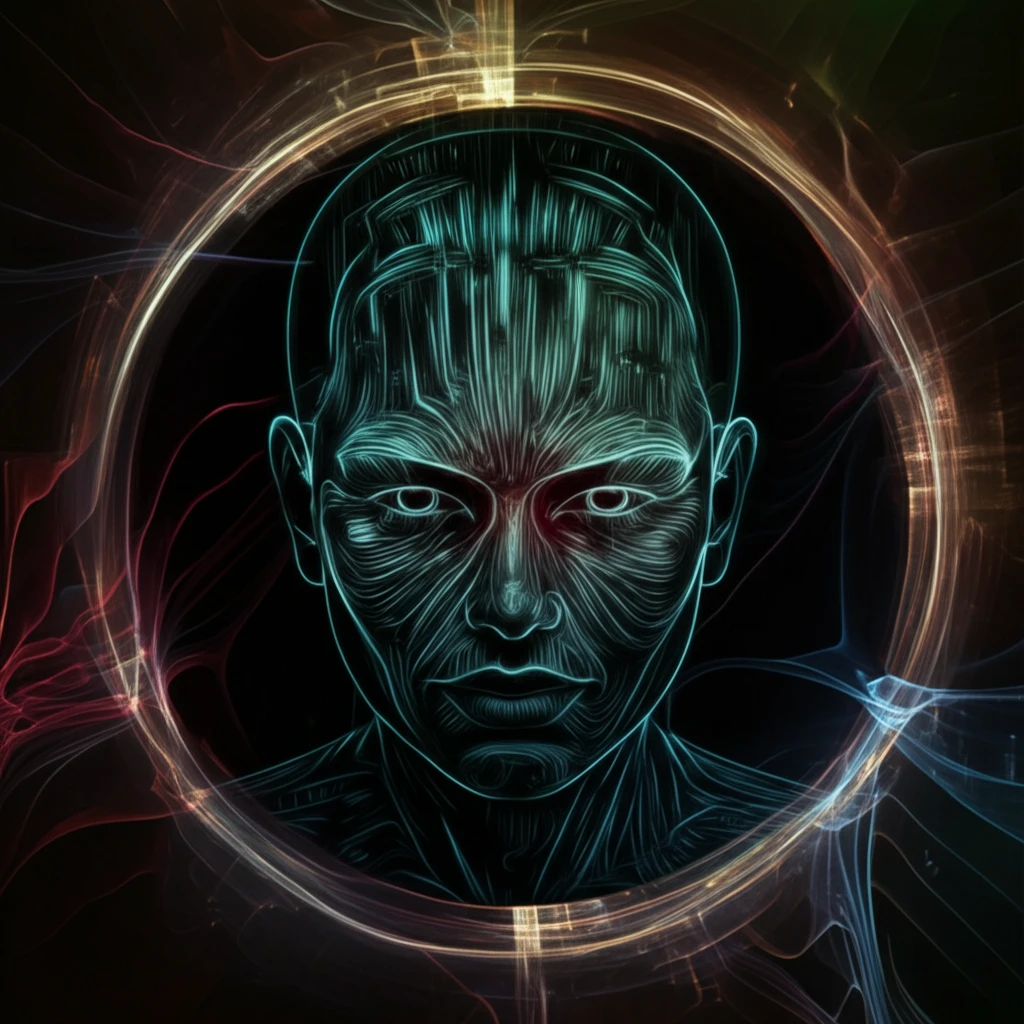
Unlock Your Emotions: A Beginner's Guide to Facial Expression Recognition
"Decode the Secrets of the Human Face: How AI and Tech are Revolutionizing Emotion Understanding"
The human face is a canvas of emotions, capable of conveying a wide array of feelings without uttering a single word. Recognizing and interpreting these facial expressions has long been a subject of interest, from understanding interpersonal relationships to diagnosing medical conditions. Today, technology is making significant strides in automating this process through Facial Expression Recognition (FER) systems.
Facial Expression Recognition is a key area in the field of computer science with applications ranging from human-computer interaction to customer satisfaction analysis. While the idea of machines understanding human emotions once belonged to science fiction, it's now becoming a reality, opening new avenues for how we interact with technology and each other.
Researchers around the globe are working tirelessly to improve the accuracy and reliability of FER systems. The challenge lies in the variability of facial expressions, influenced by factors such as lighting, pose, and individual differences. Yet, with each new advancement, we get closer to creating technologies that can truly 'read' our faces.
The Magic Behind Emotion Recognition: Gabor-Mean-DWT

At the heart of many advanced FER systems lies a sophisticated technique known as Gabor-Mean-DWT (Discrete Wavelet Transform). This method combines Gabor filters, which are excellent at capturing edges and textures in images, with the dimensionality reduction capabilities of DWT. Think of it as a way to teach a computer to see and understand the subtle nuances of a face.
- Gabor Filters: Captures essential facial features like edges and textures.
- Dimensionality Reduction: DWT reduces the complexity of the data, making processing faster.
- Edge and Texture Cosine: Effectively generated by the technique which enhance accuracy and compact effective features.
- Illumination Invariance: Makes the system more robust to changes in lighting conditions.
The Future is Emotional
As FER technology continues to evolve, its potential applications are vast. From enhancing human-computer interactions to providing valuable insights in healthcare and customer service, the ability to accurately recognize facial expressions promises to transform the way we interact with the world around us. Though challenges remain, the progress made in recent years is a testament to the power of human ingenuity and the endless possibilities of technology. Embrace the future – an emotional one!
